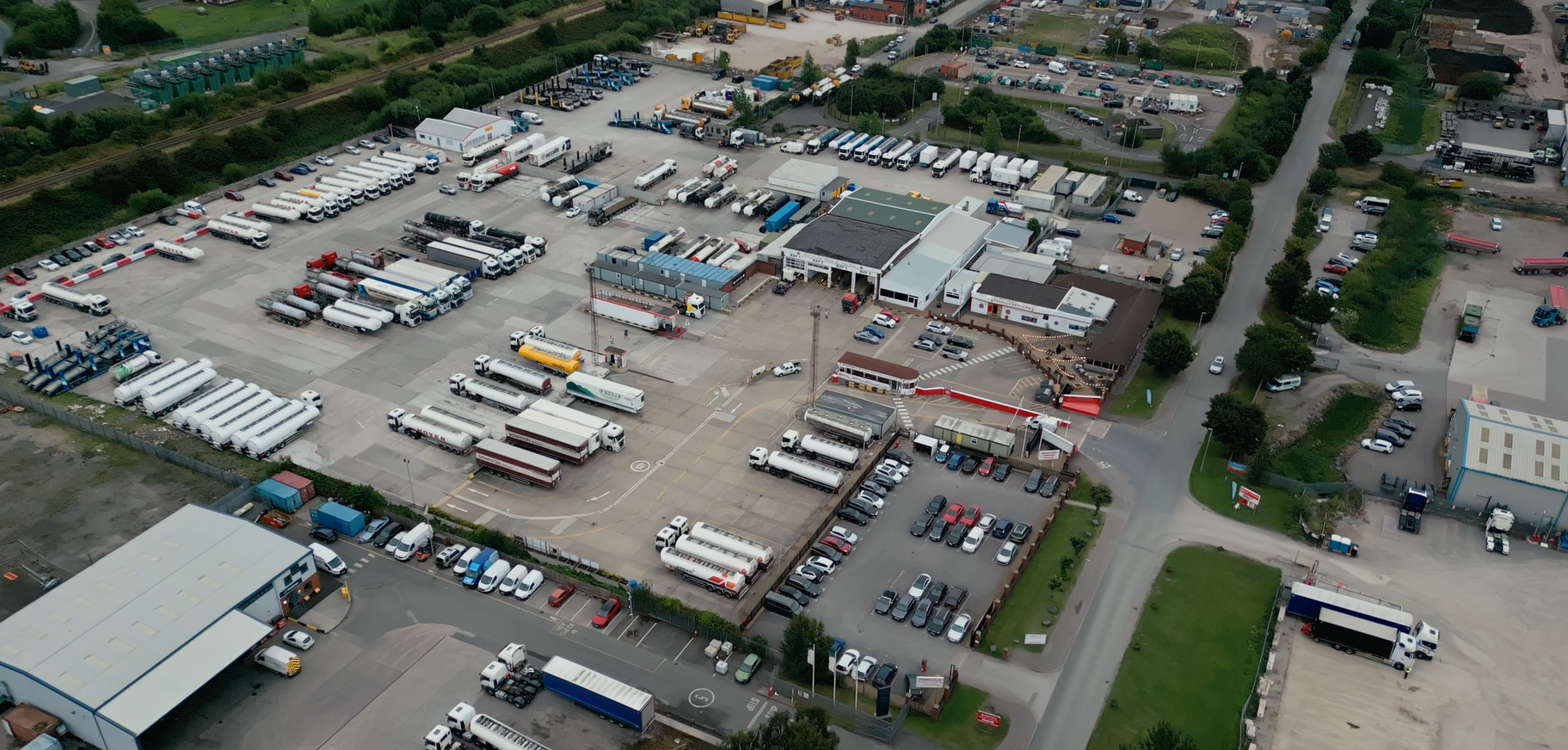
Miranda Blake
El camino hacia 2025: Tendencias de la industria del camión
Creado: 02/01/2025
•
Actualizado: 02/01/2025
Desde el descontento general de los conductores hasta los recientes cambios en el CAP, pasando por los retrasos en el [sistema de entrada/salida de la UE] (https://snapacc.com/newsroom/everything-you-need-to-know-about-the-eu-entryexit-system/), 2024 ha sido un torbellino para el sector logístico. Y hay muchas cosas en el horizonte para 2025: aquí exploramos las tendencias que se espera que den forma al sector.
Aprovechar todas las ventajas de la IA
Se prevé que la automatización desempeñe un papel clave el año que viene. Habrá avances en la tecnología de los vehículos autónomos, los sistemas de gestión del transporte y los dispositivos electrónicos de registro, lo que dará lugar a una mayor adopción y a cambios considerables en el sector.
Además, se prevé un aumento del uso de la inteligencia artificial (https://snapacc.com/newsroom/ai-and-its-impact-on-sustainability-in-the-haulage-industry/) para la optimización de rutas (https://snapacc.com/newsroom/route-optimisation-with-fleet-management-software-snap-account/), el mantenimiento predictivo y la gestión de flotas. Esto dará lugar a mejores resultados, como una mayor eficiencia operativa y una reducción de costes. El Internet de las Cosas (IoT) y el aprendizaje automático serán especialmente valiosos, ya que se utilizarán para prever averías en los equipos, lo que reducirá el tiempo de inactividad.
Del mismo modo, la telemática compartirá valiosos datos en tiempo real relacionados con el rendimiento del vehículo, el comportamiento del conductor y el estado de la carga, lo que mejorará la seguridad y el cumplimiento de las normas.
La brecha de género y la escasez de conductores
Atraer a más mujeres camioneras es una forma de hacer frente a la falta de conductoras. Los empresarios podrían ofrecer una gama más amplia de funciones, introducir programas de formación y políticas que beneficien a las mujeres y hacer que el entorno laboral sea más integrador. Con respecto a esto último, las ideas incluyen la tutoría o modelos de trabajo que se adapten mejor a las vidas de las camioneras (como turnos de día y cubrir rutas circulares para apoyar a las que tienen compromisos familiares).
Sin embargo, los debates en la página de Facebook de SNAP (https://www.facebook.com/snapaccount) revelaron que tanto los conductores como las conductoras necesitan cambios. Aunque algunos señalaron que algunas cosas podrían ser mejores para las mujeres (por ejemplo, uno comentó que el 90% de las instalaciones de las cocheras no tienen papeleras sanitarias), hubo muchos comentarios sobre el paquete general de los empleados y las comodidades de las paradas de camiones:
Los hombres necesitan más apoyo para el cuidado de sus hijos. Si lo hicieran, las mujeres no se verían obligadas a ser el 'lastre' de la mano de obra cuando se trata de la enfermedad o las prioridades de sus hijos. Las instalaciones son escandalosas para ambos sexos ".
"Mejore las condiciones y las instalaciones para TODOS los conductores y verá cómo se incorpora más gente al sector, tanto hombres como mujeres ".
Por ello, las empresas deben estudiar cómo atraer y retener a toda su plantilla. Pueden ofrecer mejores retribuciones, condiciones de trabajo y oportunidades de desarrollo. Asimismo, pueden impartir formación para garantizar que las personas tengan todas las capacidades adecuadas, para ahora y para el futuro.
Promover una industria más ecológica
Otro tema central será la sostenibilidad, sobre todo debido a una legislación medioambiental cada vez más estricta, el avance hacia la "red cero" y el aumento vertiginoso del precio del combustible.
Los vehículos de combustible alternativo no cumplieron las expectativas en 2024, por lo que se prevé que, si bien se seguirá innovando en este ámbito, se producirá un mayor cambio para centrarse en cómo las flotas pueden aumentar la eficiencia operativa (por ejemplo, utilizando la tecnología, los datos y la IA para reducir el tiempo perdido). Las empresas también intentarán crear cadenas de suministro más ecológicas trabajando con proveedores y transportistas más respetuosos con el medio ambiente.
Del mismo modo, el paso a los camiones eléctricos va en aumento: este año habrá más puntos de recarga de vehículos eléctricos en los aparcamientos de camiones. Sin embargo, las empresas de flotas se enfrentan a obstáculos como unos costes iniciales considerables y una infraestructura de recarga insuficiente.
Aumento del transporte de mercancías de larga distancia
Por último, se prevé un aumento de la carga aérea y marítima, que repercutirá en el sector del transporte por carretera. Esto se ve agravado por la interconexión cada vez mayor de las cadenas de suministro mundiales.
Como consecuencia, aumentará el transporte de mercancías de larga distancia, por lo que será aún más importante que los conductores hagan descansos adecuados en paradas de camiones seguras. Y aquí es donde SNAP puede ayudar.
Nuestra aplicación intruck cuenta con más de 800 sitios disponibles en toda Europa, incluidos Austria, Bulgaria, Chequia, Grecia, Hungría, Italia y Rumanía. Ayudamos a simplificar la gestión de flotas y a garantizar que tanto los operadores como los camioneros puedan cumplir la Directiva sobre el tiempo de trabajo de los conductores en 2025 y más allá.
Si desea más información, póngase en contacto con nuestro equipo en el teléfono +44 (0)1603 777242.



